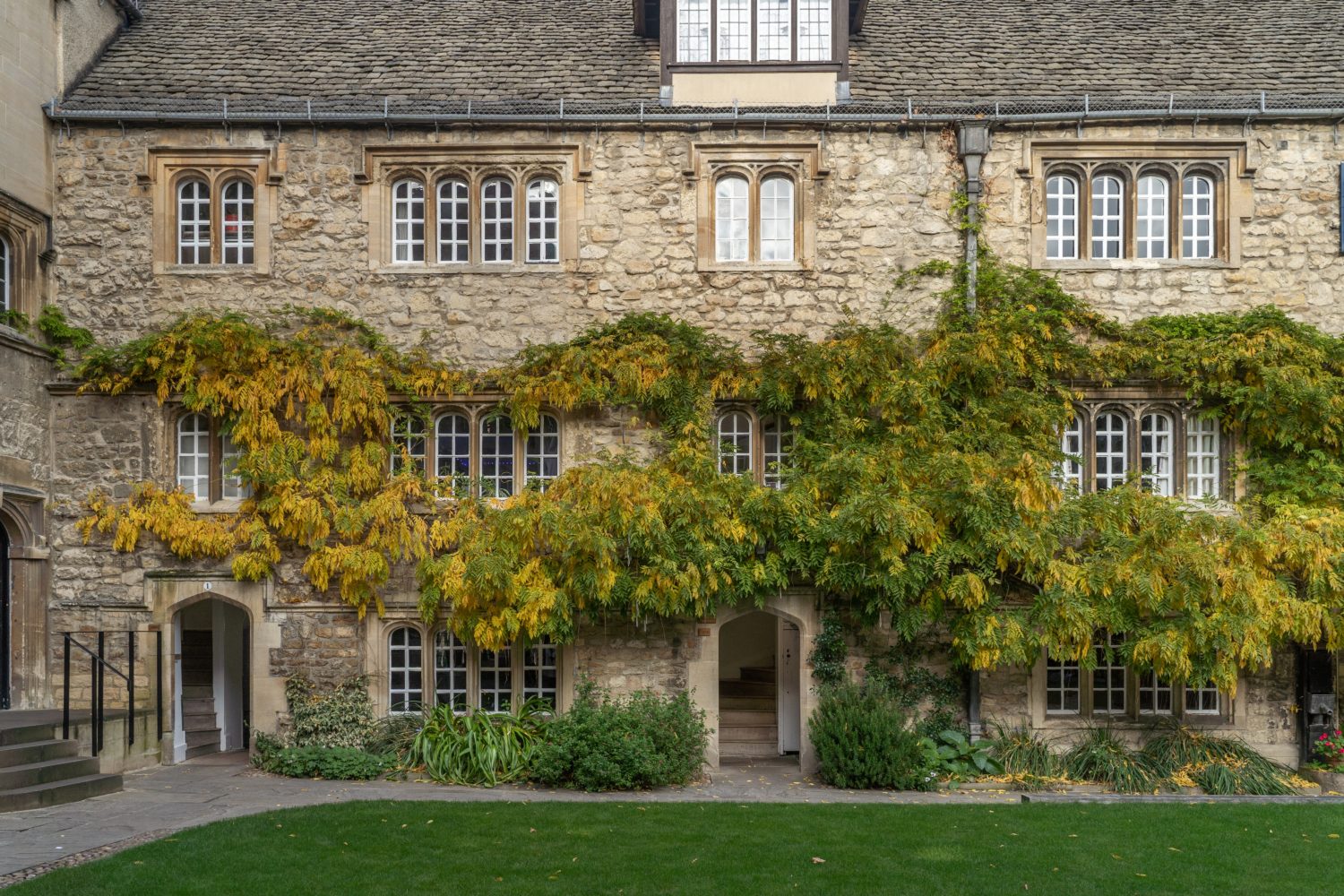
Are you feeling overwhelmed with the process of obtaining a mortgage? Are you wondering what to do when it comes to the down payment? You are not alone. Many first-time homebuyers often find the mortgage process confusing, especially when it comes to making a down payment. It is important to have a good understanding of how much money you need and where it will come from before signing on the dotted line. This blog post aims to provide a comprehensive guide for understanding all facets of mortgage down payments – so that you can rest assured knowing your housing purchase is in safe hands!
What is a Mortgage Down Payment and How It Influences The Mortgage Rate
A mortgage down payment is a lump sum of money you pay towards the cost of your house. It’s usually between 5-20% of the total cost and requires a significant amount of savings to cover. This amount directly influences what kind of mortgage rate you get; likely, the bigger the down payment, the lower the mortgage rate you’ll be offered. However, this strategy isn’t always the best since the higher your initial down payment, the more cash you must pull out upfront. Knowing precisely how much mortgage loan you can afford before beginning payments is key, so make sure to do thorough research and work with a financial advisor who can help guide you in making this large financial decision.
What Is The Difference Between a Down Payment And a Mortgage Deposit?
When it comes to securing a mortgage, it can be quite confusing when trying to understand the difference between a down payment and a mortgage deposit. A down payment is the percentage of the purchase of a home that you must pay as part of your loan agreement – it can range from 2% to 20% or more based on the loan terms. On the other hand, a mortgage deposit is an amount of money you must set aside upfront to secure your loan and is typically around 1% or 2%. Different mortgage deposit options are available, so make sure to discuss this with your lender. Knowing the difference between these two crucial elements will help you navigate through the different paperwork around your mortgage down payment.
What Factors Go Into Calculating The Amount Of A Mortgage Down Payment
When it comes to mortgages, perhaps one of the most critical decisions a homebuyer needs to make is deciding how much of a down payment to put down. There are several factors that go into this calculation and understanding them can help make the mortgage process easier. Fundamentally, the amount of money you need for a down payment on your home will depend on several things, such as your credit score and the size of the loan. Additionally, if you do not have enough saved up for the full 20% suggested by lenders you may still be able to consider other options such as government grants or private lenders that offer zero-down options. Ultimately, calculating your down payment includes more than just doing some simple math – it requires understanding and weighing all these factors before settling on an amount that best fits your unique situation.
Is There Any Way To Reduce My Mortgage Down Payment
A mortgage down payment is a significant financial obligation, but there’s a silver lining – it’s possible to reduce the amount of money you need to put toward your down payment. It all starts with understanding how the mortgage system works, and this helpful guide is an invaluable source if you want to learn more. As far as reduction goes, there are some options that may lower your down payment obligations, such as assistance from family members if they are able to help. Other options include comparing lenders and shopping around for the best deal, or checking out grants and other programs offered by lenders or nonprofits. Ultimately, reducing your down payment will give you a better chance at making a successful purchase in today’s competitive market.
Key Takeaways And Tips For Shopping Around For The Best Mortgage Deal
Shopping around for the best mortgage deal can seem overwhelming, but understanding a few key takeaways and tips is essential to finding the best deal for you. First, it’s important to know if you have enough money saved for your down payment as required by individual lenders, which also affects your interest rate. Additionally, it’s important to note that different lenders offer different rates so taking the time to explore various options and do your research is vital. Depending on your situation, assistance from financial advisors and other professionals may be extremely helpful in navigating the best loan package to fit your needs. Ultimately, the decision of what works best for you is yours alone, but keeping these key takeaways and tips in mind will help ensure you make an educated decision when picking a mortgage loan.
Navigating the world of mortgages can be a complicated and daunting task, but understanding the key components of a mortgage down payment, finding ways to reduce your down payment obligation, and shopping around for the best deal are all essential steps in the process. With this knowledge, you’ll be better equipped to make the right decision and can rest assured that you have taken all the necessary steps toward securing your dream home.







